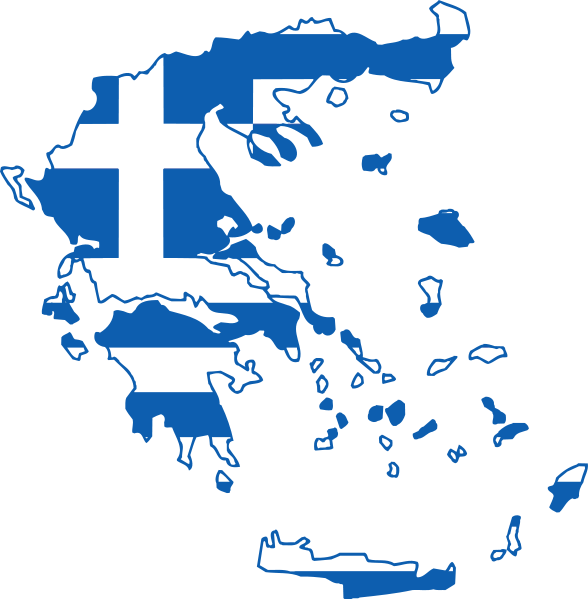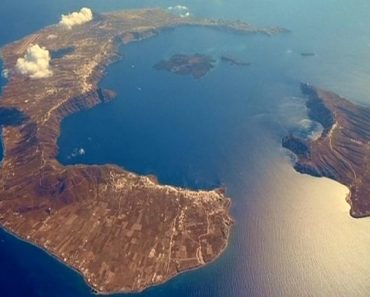Greece, one of the most seismically active countries in the world, has a long history of devastating earthquakes.
Unlike other natural disasters such as wildfires or floods, earthquakes strike without warning, making them particularly feared phenomena. Over the past century, the country has experienced multiple powerful tremors, some of which have resulted in significant loss of life and destruction.
As the Cyclades have been experiencing a recent wave of seismic activity, experts are debating the potential for a major earthquake in the region. While many believe the strongest possible tremor will not exceed 6.0 on the Richter scale, others caution that this threshold could be surpassed. This ongoing discussion brings to mind some of the most significant earthquakes that have shaped Greece’s modern history.
The Ten Most Powerful Earthquakes in Modern Greece
1. Amorgos Earthquake (1956) – 7.5 Magnitude

The most powerful earthquake of the 20th century in Greece struck the Aegean Sea in 1956, causing devastation in Amorgos and Santorini. The quake resulted in the deaths of 53 people and left at least 100 injured. The magnitude of destruction was compared to the explosion of thousands of atomic bombs, according to headlines at the time.
2. Rhodes Earthquake (1926) – 8.0 Magnitude
One of the strongest earthquakes ever recorded in Greece occurred in Rhodes on June 26, 1926. The 8.0 magnitude quake caused widespread destruction across the island, flattening over 3,000 houses and claiming 12 lives. The tremor was felt throughout the Mediterranean, from Greece and Turkey to Italy and Egypt.
3. Kythera Earthquake (1903) – 7.8 Magnitude
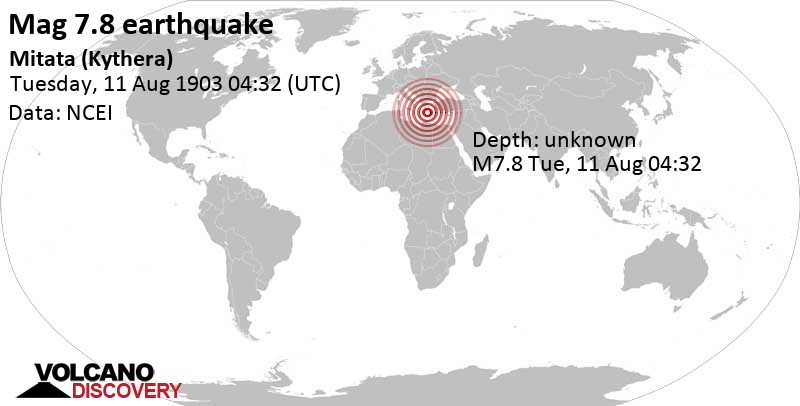
Before the first seismograph was installed in Greece in 1911, a devastating 7.98 magnitude earthquake struck Kythera in 1903. The collapse of structures in the Mitata area led to the deaths of 14 people, including four children who were tragically crushed in their sleep.
4. Mount Athos Earthquake (1905) – 7.5 Magnitude
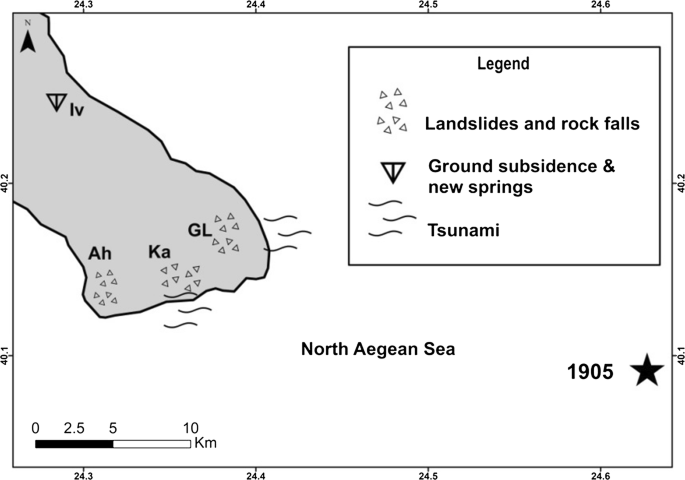
In November 1905, a powerful 7.5 magnitude earthquake struck Mount Athos in Halkidiki, triggering a tsunami. The tsunami itself was responsible for the deaths of 11 people and caused extensive damage to the monastic communities of Mount Athos.
5. Sparta Earthquake (1926) – 7.2 Magnitude
A significant earthquake in 1926 caused severe damage to Sparta, particularly affecting the areas of Molaoi, Neapolis, and Plytra. Despite extensive structural damage, there were no reported fatalities.
6. The Ionian Earthquakes (1953) – 7.2 Magnitude
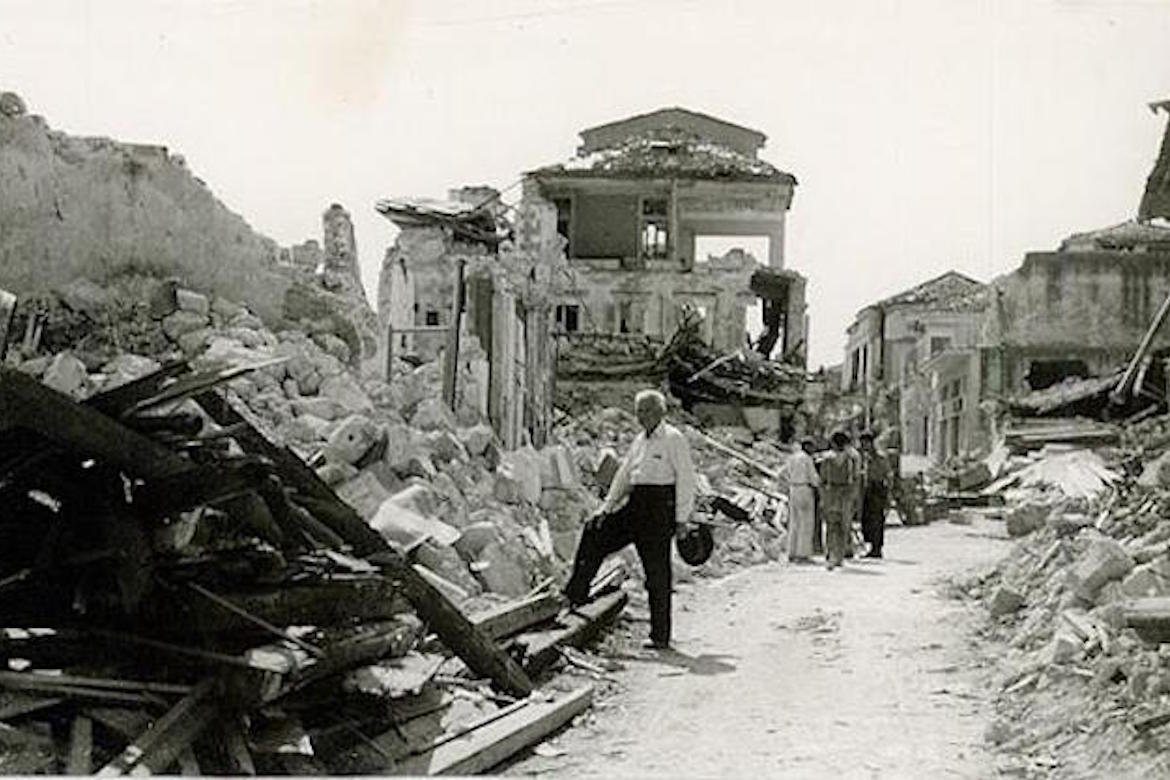
Among the most destructive seismic events in modern Greek history, the Ionian earthquakes struck in 1953 with a peak magnitude of 7.2. The tremors devastated Kefalonia, Zakynthos, and Ithaca, causing 476 deaths and injuring over 2,000 people. Of the 33,300 houses in the region, nearly 28,000 were completely destroyed.
7. Rhodes-Fethiye Earthquake (1957) – 7.2 Magnitude
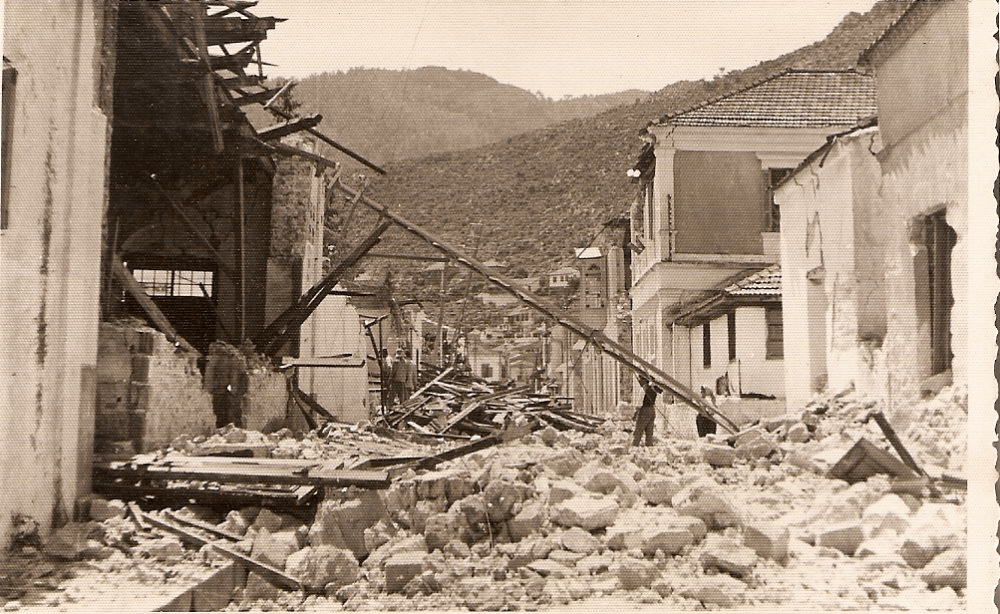
Another devastating earthquake struck Rhodes in 1957, with an epicentre between the island and the Turkish coastal town of Fethiye. The quake resulted in 18 fatalities and significant destruction of buildings.
8. Agios Efstratios Earthquake (1968) – 7.1 Magnitude

In February 1968, a 7.1 magnitude earthquake struck Agios Efstratios, causing widespread damage across the northern Aegean, including Lemnos, Mytilene, and even parts of western Turkey. The disaster left 20 dead and many more injured.
9. Ierissos Earthquake (1932) – 7.1 Magnitude
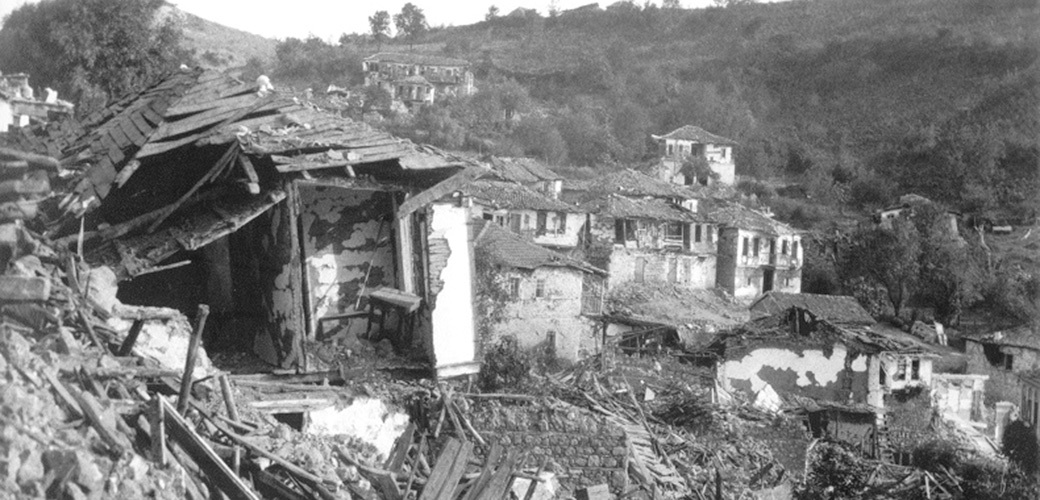
The town of Ierissos in Halkidiki was devastated in September 1932 by a 7.1 magnitude quake. At least 161 people were confirmed dead, with some reports suggesting the death toll reached 491. Thousands of residents were left homeless.
10. Lasithi Earthquake (1935) – 7.0 Magnitude
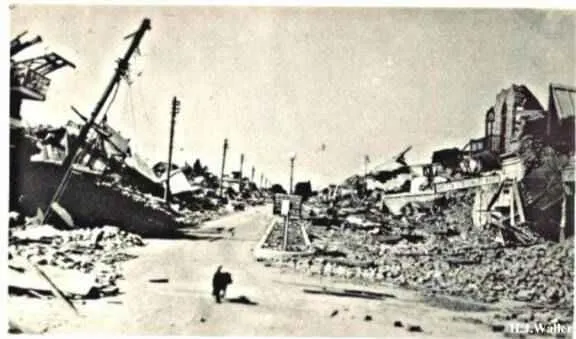
In February 1935, a 7.0 magnitude earthquake struck Lasithi, Crete. Eight people lost their lives, and the widespread destruction in Heraklion and surrounding areas left 400 families without homes.
The Ongoing Seismic Challenge
Greece’s history is marked by powerful earthquakes that have reshaped entire regions. With ongoing seismic activity in the Cyclades, the possibility of a significant earthquake remains a concern. Scientists continue to study seismic trends, but as history has shown, earthquakes remain one of nature’s most unpredictable and formidable forces.
(Source: CNN Greece)
